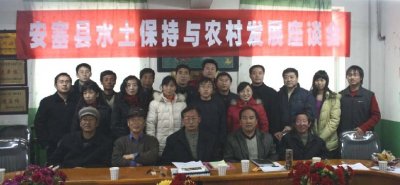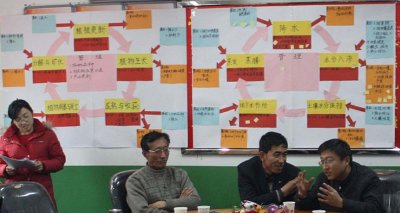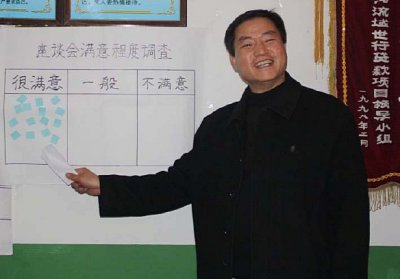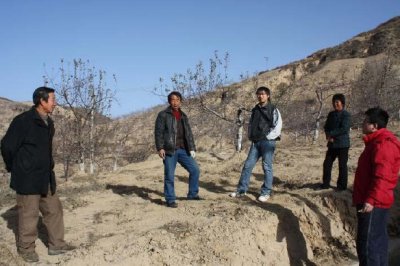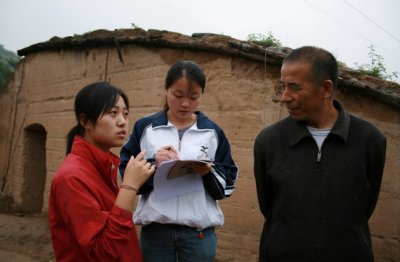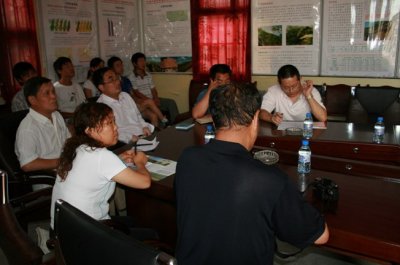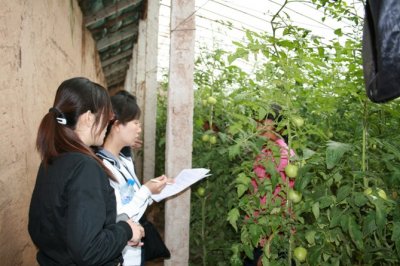| Identifying strategies: Stakeholder Workshop 1 |
 |
First Workshop A report on the results of the workshop "Land degradation and desertification - existing and potential prevention and conservation strategies" held in Ansai county, Shanxi province, China, 15 to 23 March 2008 Authors and moderators: Wen Zhongming, Wang Fei, Jiao Juying, Jiao Feng Second Workshop A report on the results of the workshop "Land degradation and desertification - existing and potential prevention and conservation strategies" held in Ansai county, Yan'an City, Shaanxi province, China, 9 to 11 December 2008 Authors and moderators: Wang Fei, Li Jinpeng, Zhang Jinxin, Wang Qunxing, Song Xiaoyan
A second workshop was held later the same year. This time the local and external stakeholders were not separated, thereby allowing mutual learning by both groups. This was a perceived shortcoming of the first workshop.
Background The main land use types in the area are cropland, orchards, woodland, wild grassland, vegetable growing and fallow land. Much of the sloping area was converted into forest land or grass land due to the "Conversion of Sloping Farmland into Grass and Forest Program". Orchard areas are close to the villages and provided fruits mainly for self-consumption. Forests are generally found on the steeper and moderately steep parts of the landscape. The main types of land degradation include soil erosion, decrease of fertility and fragmentation of land due to erosion.
Main causes and effects of land degradation identified in the workshop
Draft outline of strategy for sustainable land management in this region 1) Convert steep slope farmland to forest and grass: this is fundamental to control soil and water loss and improve the quality of land.
|
|||||||||||||||||||||||||||
Study sites
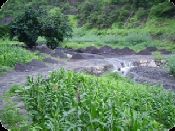
Acknowledgement
The DESIRE project was
|
DESIRE brought together the expertise of
26 international research institutes
and non-governmental organisations.
This website does not necessarily
represent the opinion of the
European Commission. The European
Commission is not responsible for
any use that might be made of the
information contained herein. 

